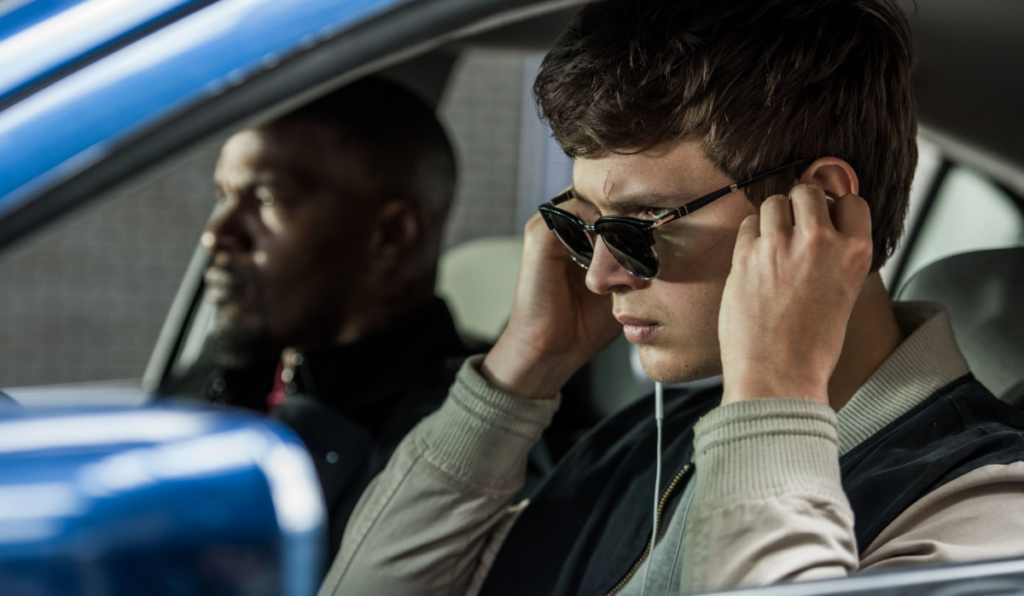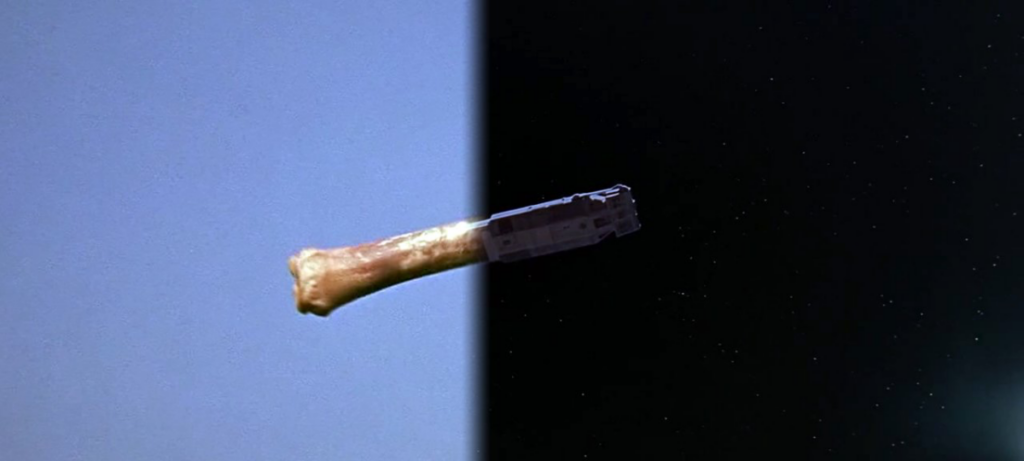In this chapter of Film Art, we focused on editing. Editing is often described to be the ” invisible art” of filmmaking- however it is one that is mostly responsible for keeping the viewer’s engagement. Through editing, filmmakers can manipulate time, space and the overall rhythm of the movie. An important takeaway from the chapter is that editing is not just a technical step in the production of the movie, but it is a series of creative decisions that will play a huge role in the overall performance of the film.
The book then goes on to mention a series of editing techniques- from the most basic transition technique of the “cut” to fade ins, dissolves etc. The filmmakers will not only have to make the decision of what to cut and what to keep in the movie- but they also need to decide what kind of transition works best for the scene as all of these choices will effect the viewers understanding of time and space within the context of the movie.

The image above is from one of my comfort movies Baby Driver by Edgar Wright. For this film, the editors made the amazing creative choice to utilize rhythmic editing, where the opening car chase sequence is cut perfectly to the beats of the song playing. Every action that takes place in this scene feels almost like a part of the song, never awkwardly placed and always hitting a beat. This really increases the thrilling effect that the car chase has on the viewers, and definitely increases the engagement by also just being aesthetically pleasing.

This iconic shot is from Stanley Kubrick’s Space Odyssey is another great example of the creativeness of editing- as in a single cut, there is almost a three million year time jump- a bone thrown in the air by a prehistoric human transitions into a futuristic spacecraft. This not only puts into perspective just how far humans have evolved technologically- but this brilliant cut puts together two very different time periods in human evolution together in an instant through one creative decision.
Overall, this chapter really emphasized how editing can really make or break a movie. Through shaping the viewers intellectual and visual experience, editing plays a greater role than most people give it credit for, and a couple brilliant choices made during the editing phase can be the difference between an engaging experience for the viewers or a boring and confusing one.
Photo links:
https://www.google.com/url?sa=i&url=https%3A%2F%2Ftwitter.com%2Fxerosome%2Fstatus%2F897108625272881152&psig=AOvVaw33Vx66Je60xfcuZSP0pVN6&ust=1727268830982000&source=images&cd=vfe&opi=89978449&ved=0CBQQjRxqFwoTCICon_vP24gDFQAAAAAdAAAAABAJ